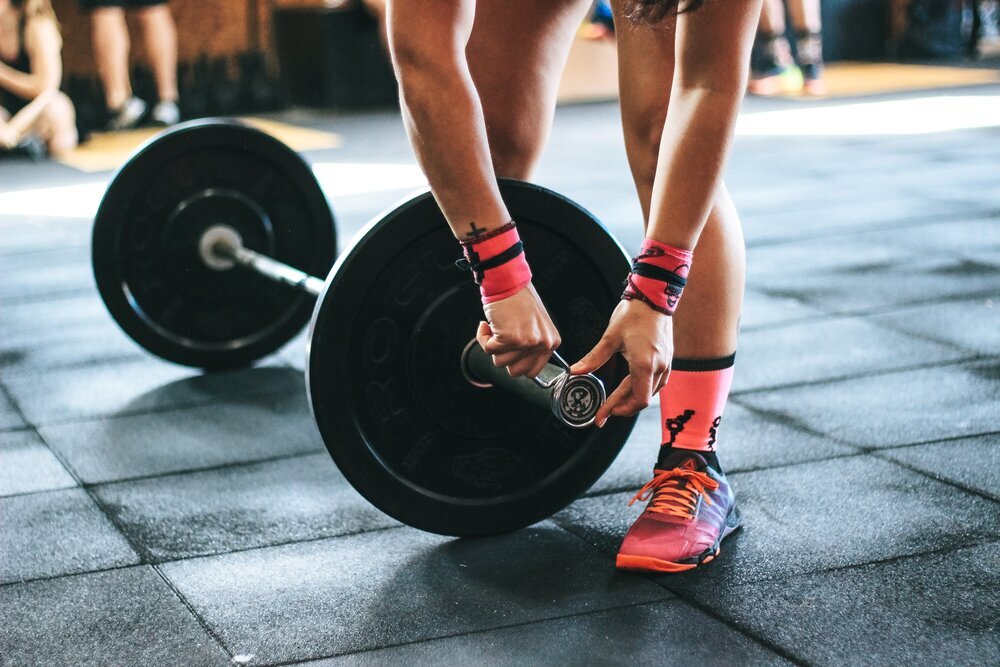Personal Training in Portland: Strength vs Conditioning
Have you ever found yourself wondering what it all means?
No, I’m not talking about the existential dread that 2020 brought us. I’m talking about those fitness buzzwords you hear and go ‘yeah, I’ve heard that before… but what does it mean?’ Chances are, you’ve probably heard the terms conditioning and strength before. If you’ve taken a class specifically training either of those, then you know that the two of those classes certainly feel different. Today, we’re going to get into the nitty gritty of why they’re different.
What is Strength Training?
According to Mark Rippetoe, author of Practical Programming for Strength Training 3rd Edition, “strength is the ability of a muscle to exert force against external resistance.” And more often than not, strength in a fitness context is measured by the ability to push or pull a weight. Cue the famous Arnold quote: I pick things up and put them down. One of the more distinctive aspects of strength training from sports conditioning is that strength training involves heavier resistance and fewer repetitions, and that heart rate is generally lower (around 70-75%)- unless you’re doing heavy squats. If you know, you know.
Strength isn’t measured by how quickly you are able to exert force against whatever weight is being used- it just matters that the weight is moved. Chances are, your heaviest lift probably wasn’t your fastest lift. That being said, strength does feed into power, which is defined as per Rippetoe as “the ability to exert force rapidly.”
In the case of training power, speed is absolutely a factor. Not only is strength being exhibited, but it’s being exhibited quickly. Take, for example, the barbell power clean. This is a movement that is performed quickly to generate the power needed to move an external force (AKA the barbell). In the case of training athletes, power is a specific skill that can be trained to help the athlete perform better. Think about a volleyball player, for example. The player that is able to generate more power in their legs for their jump will be the player that has a higher vertical, making them a better athlete to have on your team.
Strength training, done properly and frequently enough, will result in increased muscle size. This is because the cross sectional fibers in the muscles become larger, which means the muscles themselves get larger as well. Side note here: this does not mean you are going to Hulk out when you lift heavier. Yes, your muscles will probably get a little bigger. But, to get the muscle size that professional powerlifters and crossfitters have requires very purposeful training and dietary changes.
What Is Conditioning?
In a sports context, conditioning is done to improve muscle endurance and cardiovascular ability. The most common example that probably comes to mind is some sort of aerobic training, such as running, biking, or… water aerobics (come on, you know it would be fun).
Conditioning can come in many forms. A good distinction between conditioning and strength is that conditioning involves a higher heart rate (anywhere from 70 to around 80%), more repetitions, and less resistance. Conditioning improves stamina and endurance by essentially training your heart to be better at pumping blood. For example, an athlete just starting a conditioning program will have a high heart rate while training. However, with prolonged training, that same athlete will eventually become better at conditioning (AKA, their heart becomes better at pumping blood), and therefore experience a lower heart rate while training.
To put this example into context: think about the times you’ve felt best doing conditioning versus the times you’ve felt the worst (no, I’m not talking about hungover cardio). You probably have felt your best during a conditioning session when you have been doing them more frequently, rather than, say, your first session back after a long vacation that you might still be hungover from.
Strength and Conditioning Workouts: Do I Have to Choose Only One?
For most of us, the answer is no! Even elite level distance runners get their time in in the weight room, and chances are the powerlifting athletes you see also throw some high intensity intervals into their routine. For those not specifically training for anything, you can definitely mix up these two styles. If you’re working out on your own, maybe you try getting in 2 strength days a week, and 2 conditioning days a week.
At Fulcrum Fitness, we have our programming specifically designed so that our members see a variety of training styles. We alternate between strength, conditioning, and HIIT days so that you get the best of all worlds in the safest and most efficient way possible. If you’re interested in trying our strength and conditioning programming out yourself, you can check out our live online class schedule here!
Happy Training!



